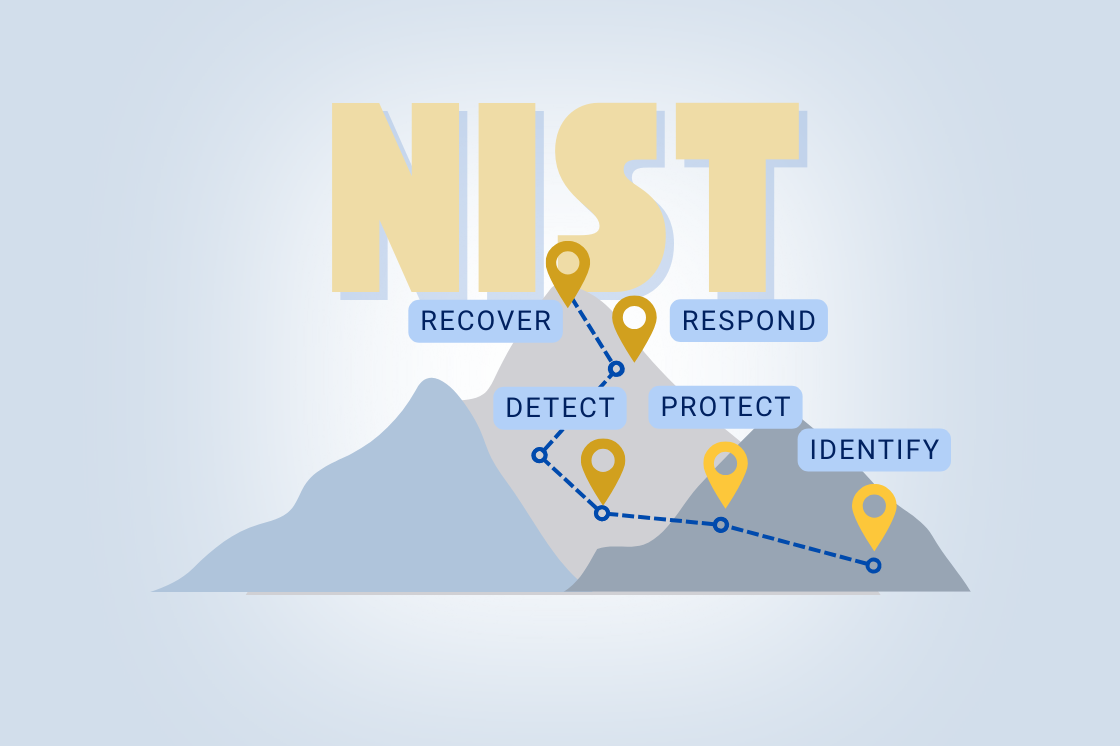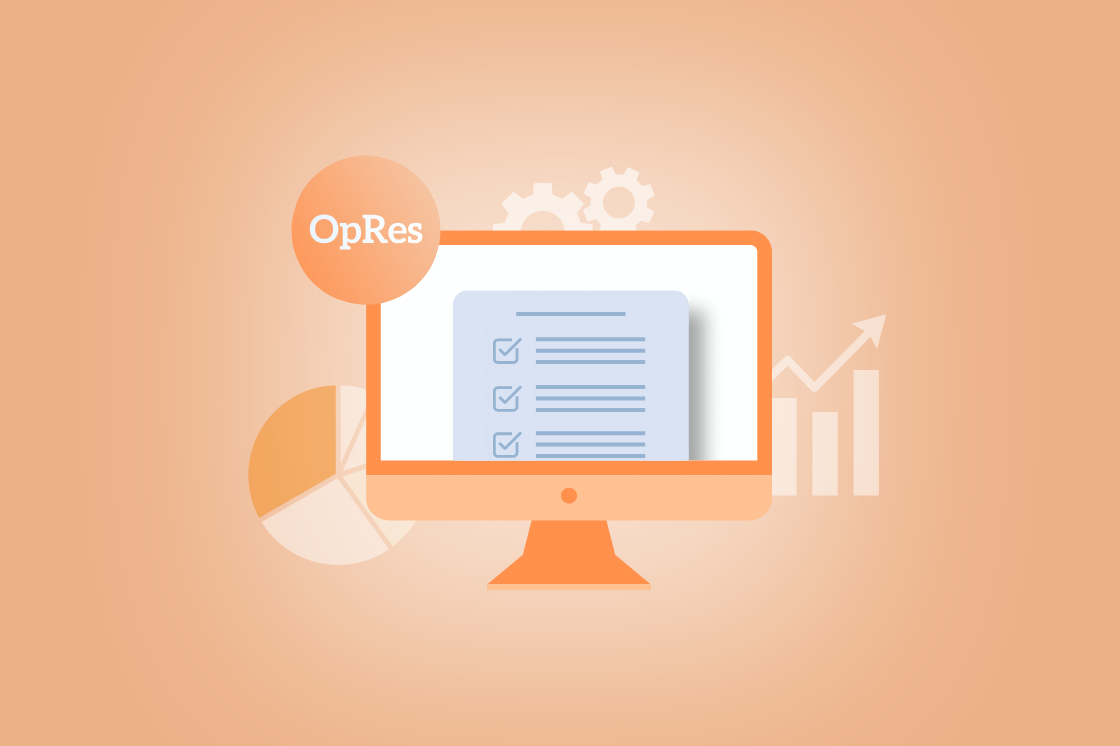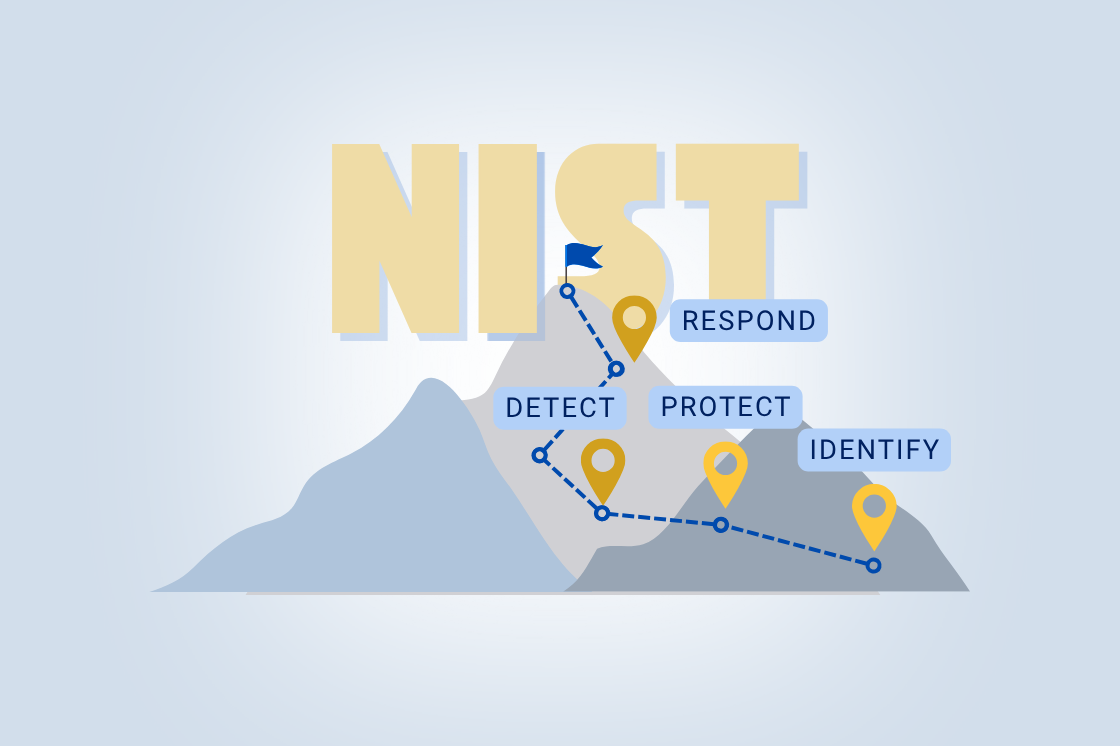Op-Res Meets SOC 2: Redefining the SOC 2 Readiness Assessment
High-profile security and privacy incidents have changed how boards, customers, and regulators evaluate technology partners. SOC 2 Type 2 is now table stakes. The challenge isn’t just passing an audit—it’s building a repeatable, evidence-driven program that stands up to scrutiny year after year.
That’s where Navvia’s Operational Resilience Assessment shines. Designed on the fundamentals of BPM, ITIL, and NIST, it already checks the boxes auditors care about most—governance, risk, change, monitoring, and incident/problem management—making it an excellent SOC 2 Readiness Assessment out of the box. With a handful of targeted enhancements, it becomes a pre-assessment tool on par with the largest consulting firms’ frameworks, minus the overhead.
Why a pre-assessment matters to you
A credible SOC 2 Readiness Assessment should:
- Surface design gaps early (before the audit period).
- Make evidence collection a habit, not a fire drill.
- Align stakeholders around clear ownership, SLAs, and outcomes.
Operational resilience is the perfect engine for that: it connects people, process, and technology to the outcomes SOC 2 tests—security, availability, confidentiality, processing integrity, and privacy.
Where Navvia fits—today
Our Operational Resilience Assessment maps naturally to SOC 2 Security (CC1–CC9). Organizations using it today can:
- Identify most control design gaps auditors will probe.
- Tie questions to real process owners and activities in ITSM.
- Create a running list of actions and artifacts that will matter at audit time.
In plain terms: you’ll know where you stand on the security backbone long before the sampling starts.
Back when we were a consulting company, we used this very approach to help a significant number of financial services organizations—and others—identify resilience gaps, strengthen
their controls, and prepare for audits. By running the assessment well in advance, these organizations were able to pinpoint control design weaknesses early, build strong evidence trails, and implement more robust operational processes. The result was consistently smoother audits, fewer last-minute surprises, and a measurable uplift in organizational resilience that satisfied both internal risk teams and external auditors.
Closing the last mile: privacy + evidence
Two focused upgrades elevate the tool from “strong” to “best-in-class” as a SOC 2 Readiness Assessment. The good news: these privacy enhancements are minor but high-impact—they build on your existing foundation rather than reinventing it, and we’ve already mapped them out.
1. Privacy coverage (P1–P9). Add targeted items for:
- P1–P3: notice governance, consent/preference management, purpose-bound collection & lawful basis.
- P4–P7: retention enforcement and deletion evidence, DSAR processes with redacted samples, disclosure/vendor registers, data quality controls.
- P8–P9: complaint channels & investigations, privacy IR runbook, and notification timelines.
2. Evidence expectations everywhere.
Make “show me” the default: last three deletion runs, DSAR packs, consent logs, disclosure registers, and time-bound samples. That’s what SOC 2 Type 2 tests, operating effectiveness over time.
Because Navvia’s platform can collect and store evidence directly within the assessment, organizations can embed this discipline into daily operations — eliminating the scramble to track down artifacts during an audit.
These enhancements are incremental and slot seamlessly into your current structure.
What changes for your organization
With the enhancements in place, Navvia enables you to:
- Pre-qualify for SOC 2 Type 2 with high confidence.
- Spot control drift early—distinguish “policy on paper” from “control in practice.”
- Lower audit cost and friction—auditors spend less time hunting and more time validating.
- Move from event-driven to programmatic readiness—evidence collection becomes part of normal work.
- Centralize evidence collection — Navvia lets teams attach, manage, and track evidence directly within the assessment, creating a single source of truth that auditors and stakeholders can rely on.
On par with big consulting companies
Large firms deliver structure, coverage, and evidence discipline. With the upgrades above, Navvia delivers the same:
- Structure: clear mapping from questions to trust criteria and owners.
- Coverage: Security + Privacy P1–P9 (with optional Avail/Conf/PI).
- Evidence discipline: explicit requests for audit-sample-ready artifacts.
You keep the capability in-house—and you keep the momentum after the auditor leaves.
Beyond SOC 2
Because the assessment is modular and NIST/ITSM-centric, the same approach supports:
- ISO 27001 internal audits and control hygiene,
- NIST CSF maturity roadmaps,
- GDPR/CPRA privacy readiness (RoPA, DPIAs, DSAR ops), and sector operational resilience mandates.
One framework, many outcomes. That’s how you evolve from compliance as a project to assurance as an operating model.
How to get value—fast
- Run the assessment across Security and core ITSM domains.
- Add the privacy lens (P1–P9) with evidence prompts.
- Assign owners and SLAs for artifacts (e.g., DSAR within X days; deletion runs monthly).
- Embed evidence capture into change, incident, vendor, and continuity workflows.
- Track remediation with the same rigor you apply to incidents.
The bottom line
Navvia’s Operational Resilience Assessment is already an excellent SOC 2 Readiness Assessment. With minor, high-impact enhancements—privacy depth and explicit evidence prompts—it becomes a pre-assessment platform on par with any available from large consulting firms. And because Navvia collects evidence as part of the process, organizations can move from reactive audits to continuous readiness.
Most importantly, it positions Navvia and our clients to:
- Pre-qualify for SOC 2 Type 2,
- Identify control design and evidence gaps before auditors arrive, and
- Achieve faster, lower-cost audit readiness—consistently.
If you’re ready to replace audit anxiety with a repeatable assurance program, we’re ready to help—one well-designed process at a time.


